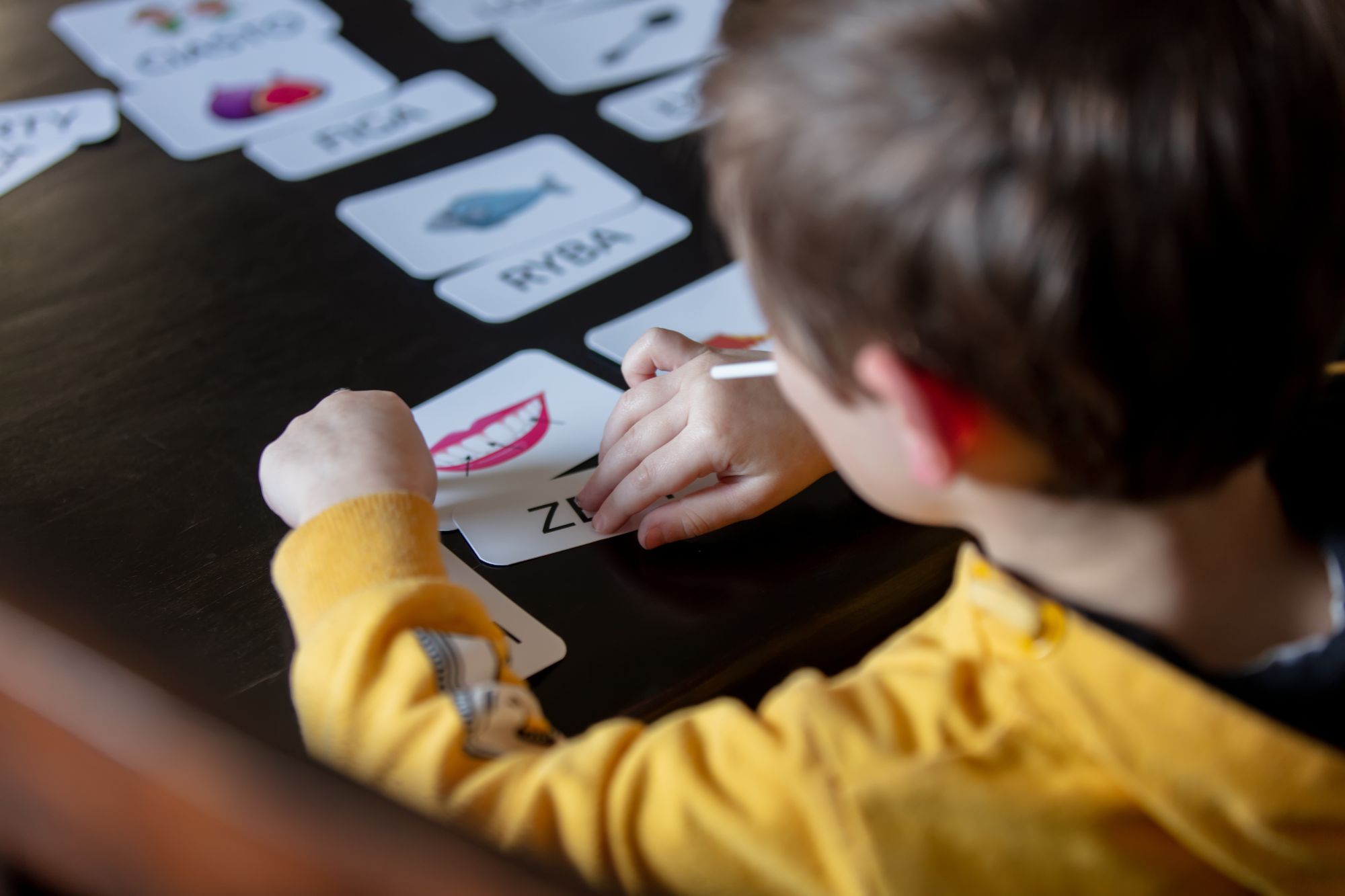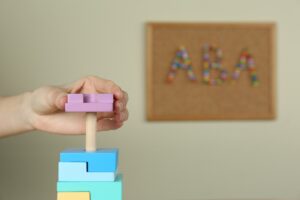Regarding ABA therapy strategies, many people certainly do believe that it is one of the best ways to help people with autism spectrum disorder (ASD) and other developmental difficulties. Through planned interventions, ABA therapy aims to decrease unwanted behaviors and increase favorable ones.
While ABA therapy is typically delivered by trained professionals in clinical settings, many parents and caregivers are now exploring ways to incorporate these strategies into their home environment. In this article, we will explore various ABA therapy strategies at home, creating a supportive learning environment, and maximizing the benefits for your child.
Why use ABA Therapy strategies at home?
Implementing ABA strategies at home can offer several benefits. First, it allows for consistency in learning and behavior management. Children often thrive when routines are predictable and familiar, and practicing ABA at home can reinforce the skills learned in therapy sessions.
Second, it fosters greater involvement from parents and caregivers, which is essential for long-term success. Finally, ABA therapy at home can provide a more comfortable, low-pressure environment for your child to practice new behaviors and skills.
Key strategies for ABA Therapy at home
Here are some practical ABA therapy strategies that you can use at home to help your child thrive:
1. Create a structured environment
Structure and routine are essential in ABA therapy. Establishing a consistent daily schedule with clear expectations helps your child feel secure and understand what is expected of them. Children with autism may benefit greatly from visual schedules, such as written or pictorial charts. These visual cues help them anticipate transitions and stay focused on tasks.
Consider breaking the day into small, manageable tasks, such as:
– Morning routines (e.g., brushing teeth, getting dressed)
– Learning sessions (e.g., practicing new skills or behaviors)
– Playtime or breaks
– Family time or mealtime
This structure will help your child engage in activities more easily, reducing anxiety and increasing participation.

2. Use positive reinforcement
Reinforcements can be verbal praise, tokens, stickers, or preferred activities, depending on what motivates your child. To establish a clear relationship, reinforcement must be given as soon as the desired action is exhibited.
Give your child praise or a modest incentive, for instance, if they follow instructions or finish a task effectively. The reinforcement will help encourage the behavior to be repeated in the future.
3. Break tasks into smaller steps (Task Analysis)
Many skills can be overwhelming for a child with autism if presented all at once. Divide activities into smaller, more manageable steps to make them easier to handle. We refer to this method as task analysis. Over time, you can assist your child gain confidence and mastery by teaching them each step separately.
For example, teaching your child to wash their hands may involve these smaller steps:
– Switch on the water
– Put soap on your hands
– Rub them together
– Rinse them
– Switch off the water
– Dry them
Until your child is able to finish the entire activity on their own, each step is reinforced separately.
4. Use naturalistic teaching methods
While structured ABA sessions are important, incorporating learning into everyday activities is equally valuable. Naturalistic teaching methods involve using real-life situations as opportunities for teaching and reinforcing desired behaviors.
For example, while preparing dinner, you can encourage your child to request ingredients or ask for help in a social and appropriate manner. Similarly, while shopping, you can practice waiting in line, making requests, or using proper social greetings. These natural teaching moments make learning relevant and meaningful to your child’s daily life.

5. Promote communication skills
By teaching kids how to effectively express their wants and feelings, ABA therapy can assist children with autism who struggle with communication. Incorporating communication goals into your ABA therapy at home is essential.
Consider using augmentative communication methods if necessary, such as:
– Picture exchange systems (PECS)
– Sign language
– Speech-generating devices
Encourage your child to request items, express emotions, and engage in simple conversations. Reinforce these attempts with positive reinforcement to promote communication growth.
6. Be consistent and patient
Consistency is crucial when implementing ABA therapy strategies at home. To guarantee that your child receives consistent feedback, all members of the home should agree and use the same techniques. Inconsistent expectations can be confusing for a child, which may lead to frustration or behavior challenges.
It’s also important to be patient. Behavior change takes time, and it may take several repetitions or days of practice before you see significant progress.
Conclusion ABA therapy strategies at home
ABA therapy in South Florida, and at home, can be a highly effective way to reinforce the skills learned in clinical settings and foster a positive, structured learning environment for your child. By implementing strategies like creating a structured routine, using positive reinforcement, breaking tasks into smaller steps, and promoting communication, you can help your child develop the skills they need to succeed.
Remember, consistency, patience, and the involvement of the whole family are key factors in achieving success with ABA therapy at home. By utilizing these strategies, you not only support your child’s development but also foster a loving and supportive environment where they can thrive.






